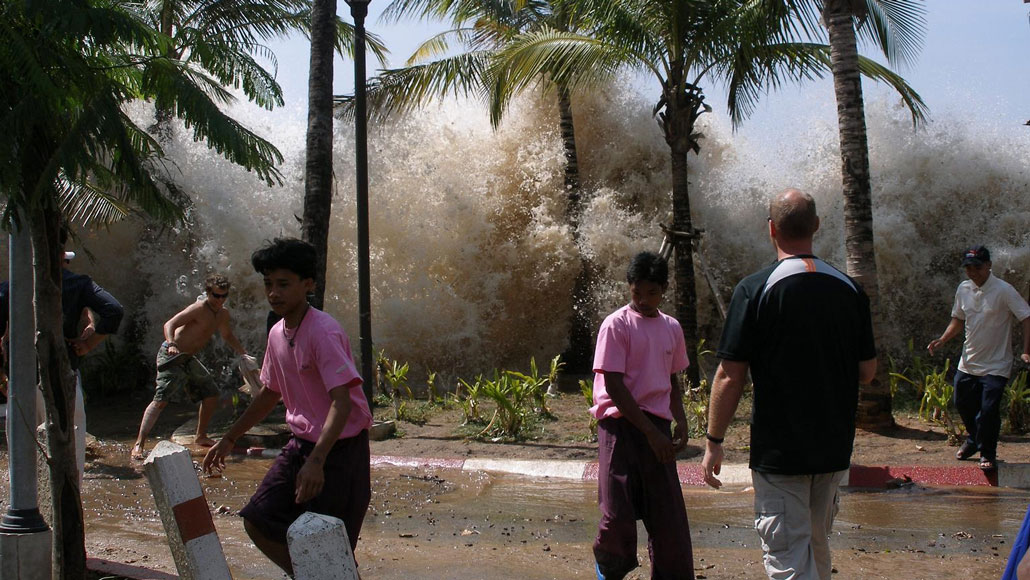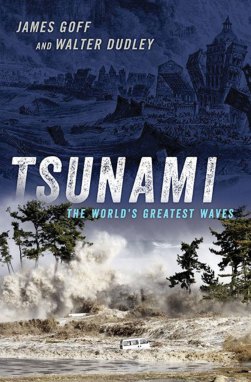
A tsunami triggered by a massive earthquake in the Indian Ocean in 2004 sent this deadly wave crashing ashore in Ao Nang, Thailand. Eyewitness accounts of the tsunami that rippled from this quake are featured in the new book Tsunami.
David Rydevik/Wikimedia Commons







